Back in March and April, there was a belief that big and dense cities were going to pose a serious problem in the fight against COVID-19.
The narrative was that the benefits of urban density suddenly flip to glaring negatives during a pandemic. Elevators are a problem. Public transit is a problem. Busy streets and public spaces are a problem. Instead of density, you want dispersion. There was also some speculation that COVID-19 cases would be somewhat correlated with colder climates.
The data that we are seeing today suggests the opposite. Note the above chart by Axios. On a per capita basis, COVID-19 cases are now the lowest — and below the national average — in large US cities with populations greater than 1 million people. Where cases are the highest, again on a per capita basis, is in rural areas. Non-metro areas less than 10,000 people. The county with the highest rate also isn’t the coldest of places. It’s Childress County, Texas, where the rate is about 1,265.3 cases per 100,000 people.
I have a lot of questions about the most important factors affecting transmission rates. Is mask wearing, for example, more important than average temperatures? What is the impact of socio-economic status? I am seeing maps that, unfortunately, suggest this plays a meaningful role. What is really driving these so-called “hot spots?” But what seems clear to me is that density is not necessarily destiny during this pandemic.
Chart: Axios

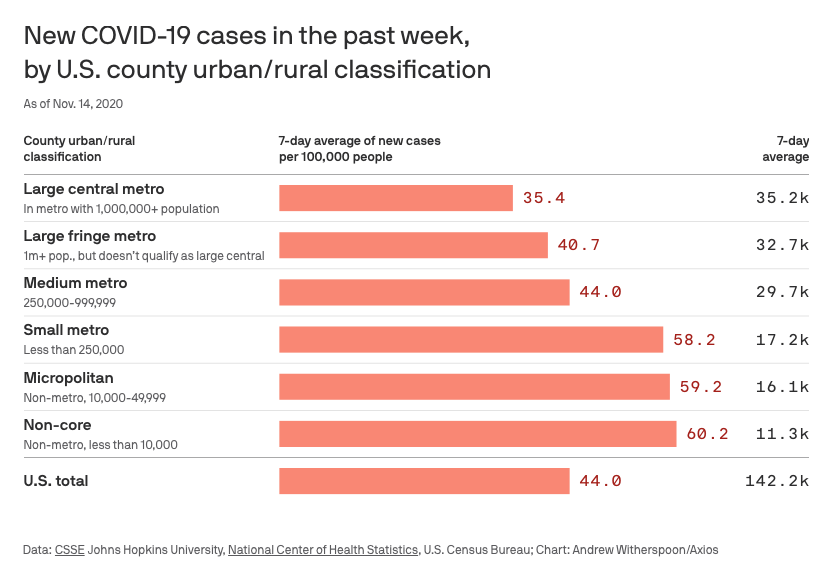
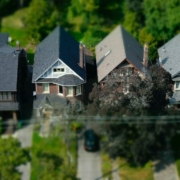

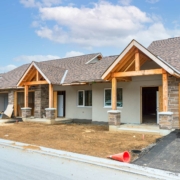
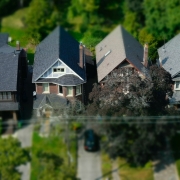
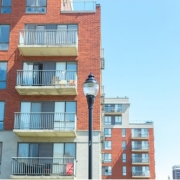


 Maziar Moini, Broker of Record - Home Leader Realty Inc.
300 Richmond St. W., #300, Toronto, ON M5V-1X2
Maziar Moini, Broker of Record - Home Leader Realty Inc.
300 Richmond St. W., #300, Toronto, ON M5V-1X2



